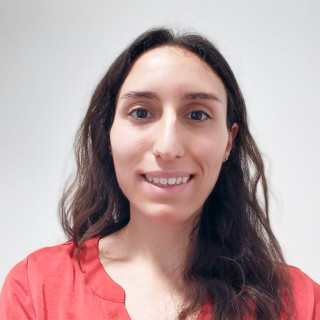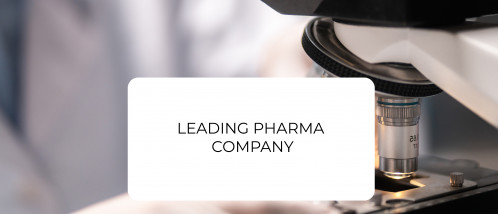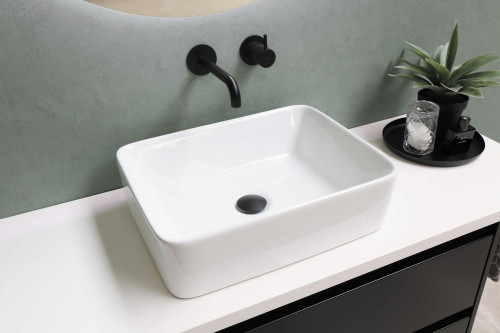
1000s of images processed in parallel
High-throughput image analysis accelerates toxicology screening.
Early toxic compound detection
AI clustering highlights risks early and cuts late-stage failure costs.
Consistent, trusted results
Batch effect correction ensures reproducible insights across experiments.
About the Client
A leading Danish pharmaceutical company, dedicated to pioneering research and development of innovative antibody-based therapies. With a strong commitment to addressing unmet medical needs, the organization is recognized globally for its scientific excellence and its impact on improving the lives of patients worldwide. Their continued focus on innovation and patient outcomes has established a reputation for excellence in the biopharmaceutical field.
To support their drug discovery efforts, the client adopted the Cell Painting assay – a high-content imaging technique that captures detailed morphological profiles of cells treated with various compounds. Our task was to design and productionalize a scalable solution capable of processing thousands of fluorescence microscopy images in parallel, significantly accelerating toxicology screening.

The Challenge
The client faced several challenges. The complexity and volume of image data from fluorescence microscopy made efficient analysis extremely demanding without automation and parallel processing. Evaluation of cell morphology under various treatments was time-consuming and prone to human errors, since batch effects — subtle morphological differences caused by variations in tissue cultures and inter-batch experimental condition — complicated consistent interpretation.

The Solution
We designed and implemented a fully operational digital infrastructure tailored for high-throughput cell morphology analysis, built with a modular architecture and integrated with Weights & Biases and GitLab for experiment tracking and version control.
At its core is a robust, reusable Python package that processes multichannel fluorescent images, applies deep learning models for feature extraction, and clusters compounds based on phenotypic profiles. The system includes support for batch effect correction and 2D feature space visualization, allowing researchers to efficiently identify promising compounds while filtering out ineffective or toxic candidates.
Ray-based parallel processing enables large-scale, simultaneous analysis of thousands of cell-tissue images, delivering real-time feedback and significantly accelerating toxicological profiling. The full pipeline—from data ingestion to clustering and reporting—is production-ready, with scalable training and inference on multi-GPU clusters. A user-friendly Python utility package further streamlines the workflow for developers and analysts.
Benefits

 Search
Search






